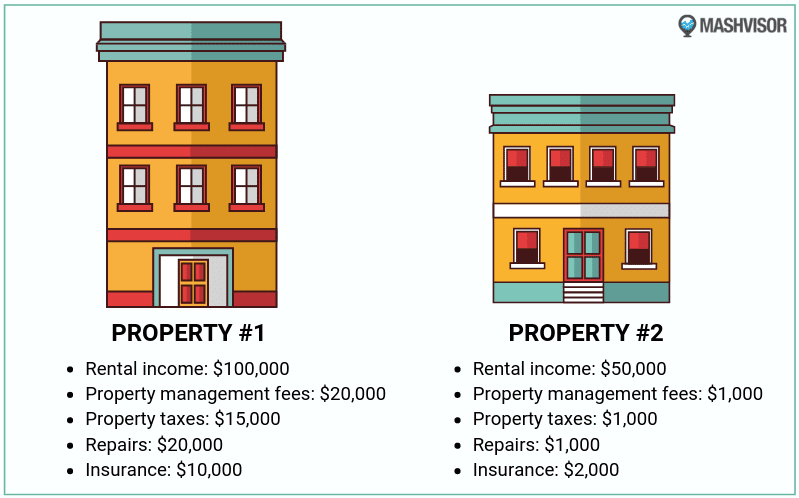

NOI is used to determine the capitalization rate of a property, also known as the return on investment (ROI) in real estate. Simply put: this metric helps lenders fundamentally assess the initial value of the property by forecasting its cash flows. If the total is negative, where operating expenses are higher than revenues, the result is called a net operating loss (NOL).Ĭreditors and commercial lenders rely heavily on NOI to determine the income generation potential of the property to be mortgaged, even more than they factor an investor’s credit history into their decisions. Let us assume that you own a property that annually pulls in $120,000 in revenues and incurs $80,000 in operating expenses. The net operating income (NOI) in this example would be $26,000 – $10,000 = $16,000.

Now, let’s assume the operating expenses of the condo building are as follows: \beginNet operating income= R R− O E where: R R=real estate revenue O E=operating expensesĪs an example, let’s assume the below information was the profile of a particular condo building that an owner was renting out. These include property management fees, insurance, utilities, property taxes, repairs, and maintenance. Operating expenses include all of the costs associated with operating the property. Revenue from real estate includes rental income, parking fees, service changes, vending machines, laundry machines, and so on. To calculate net operating income, subtract operating expenses from the revenue generated by a property.
#Noi formula how to#
How to Calculate Net Operating Income (NOI) NOI is also used to calculate the net income multiplier, cash return on investment, and total return on investment. NOI helps real estate investors determine the capitalization rate, which in turn helps them calculate a property’s value, thus allowing them to compare different properties they may be considering buying or selling.įor financed properties, NOI is also used in the debt coverage ratio (DCR), which tells lenders and investors whether a property’s income covers its operating expenses and debt payments. Capital expenditures, such as costs for a new air-conditioning system for the entire building, are not included in the calculation. Operating expenses include the costs of running and maintaining the building, including insurance premiums, legal fees, utilities, property taxes, repair costs, and janitorial fees. In addition to rental income, a property might also generate revenue from amenities such as parking structures, vending machines, and laundry facilities. To calculate NOI, the property’s operating expenses must be subtracted from the income a property produces. Net operating income is a valuation method used by real estate professionals to determine the precise value of their income-producing properties.


 0 kommentar(er)
0 kommentar(er)
